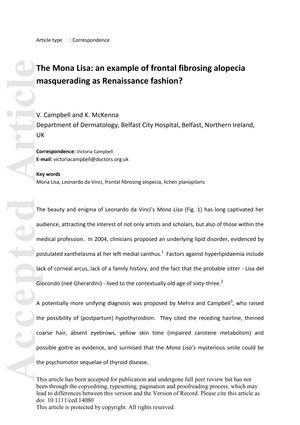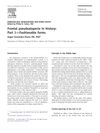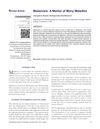The Mona Lisa: An Example of Frontal Fibrosing Alopecia Masquerading as Renaissance Fashion?
August 2019
in “
Clinical and Experimental Dermatology
”

TLDR The Mona Lisa's high forehead and sparse eyebrows might be due to a hair loss condition or Renaissance fashion trends, but the actual reason is unknown.
In this correspondence, Campbell and McKenna explore the possibility that the Mona Lisa, painted by Leonardo da Vinci, may depict frontal fibrosing alopecia (FFA), a condition characterized by scarring hair loss. They discuss previous theories about the subject's appearance, including hyperlipidemia and hypothyroidism, but also consider the artistic techniques and cosmetic practices of the era that might explain her high forehead and sparse eyebrows. The authors suggest that while FFA could have existed during the Renaissance, the depicted hair loss might also be due to the fashion of the time, which involved plucking the hairline to achieve a high forehead. They acknowledge that while the Mona Lisa will continue to be a subject of speculation, the true reason for her appearance remains uncertain.






